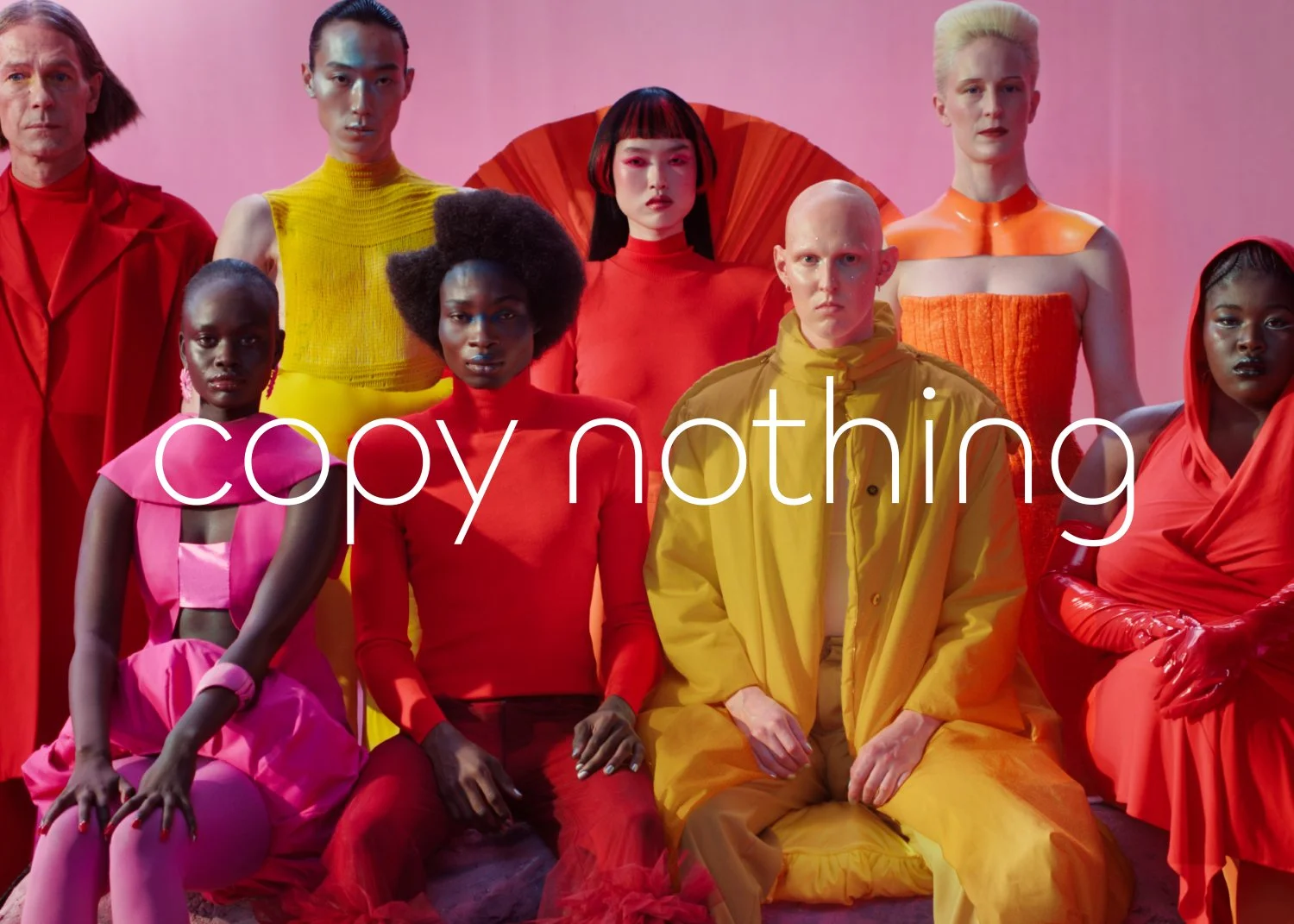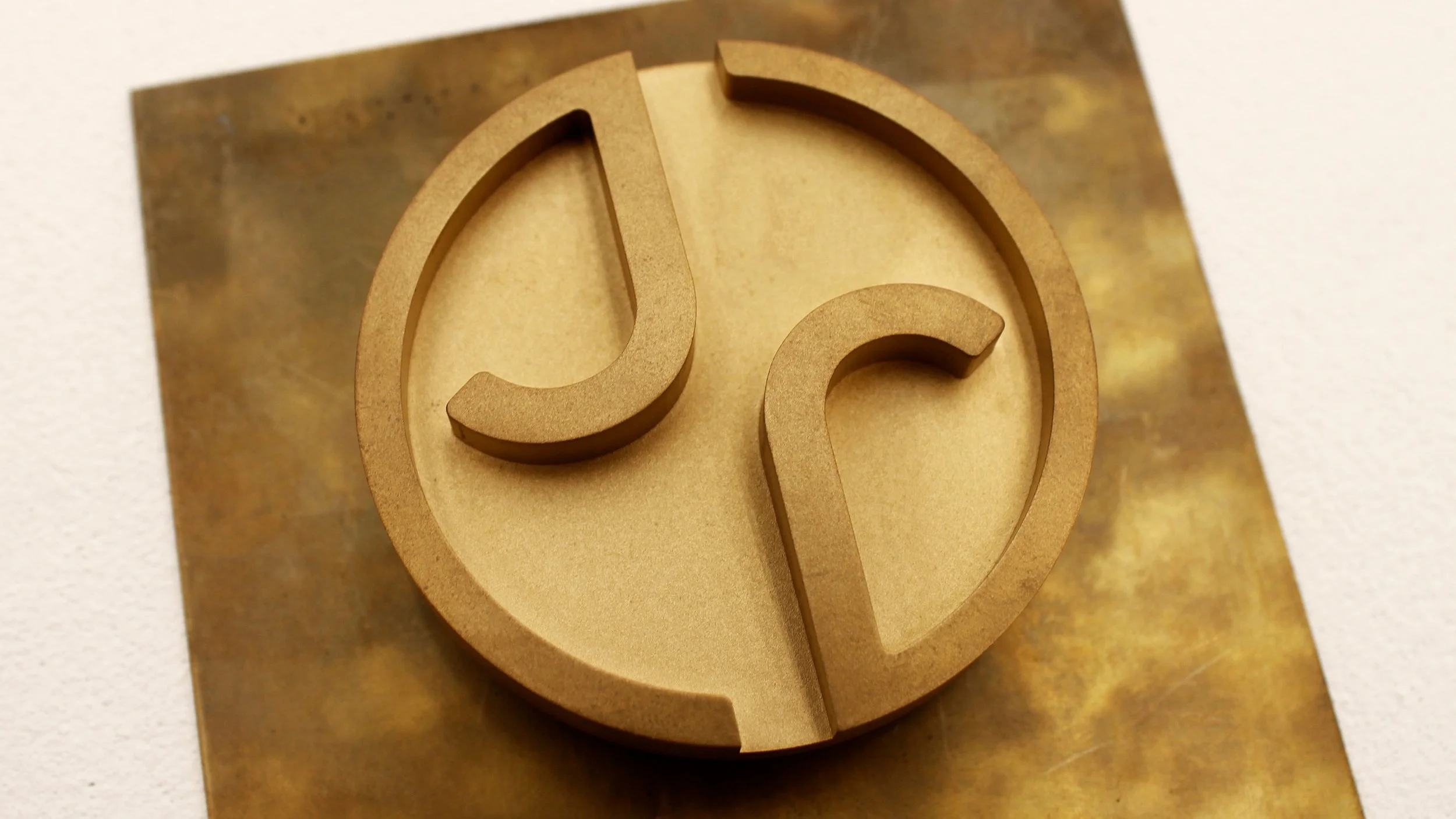Jaguar’s Woke Rebrand: A Move That Risks Alienating Its Loyal Customers
Jaguar has always been more than a car brand. It’s a symbol of British luxury, engineering excellence, and heritage—a status symbol that its customers could feel proud of. But with their latest rebrand, Jaguar has taken a drastic and puzzling turn, leaving behind the roaring power of their past for a campaign that feels more like a pitch for a sex toy line or a fast fashion startup.
The campaign, packed with techno-inspired visuals, androgynous models in vibrant outfits, and taglines like “live vivid” and “break moulds”, is bold—but not in a good way. The most glaring omission? The cars themselves. For a brand that prides itself on performance and design, it’s hard to understand how showcasing the product became an afterthought.
A Tale of Two Campaigns: 2015 vs. 2024
To understand just how far Jaguar has strayed, compare this campaign to their 2015 “British Villains” ad. That commercial was cinematic, thrilling, and unapologetically James Bond-esque. Starring Tom Hiddleston, Mark Strong, and Sir Ben Kingsley, it celebrated British sophistication and Jaguar’s reputation for power, precision, and style. The ad was dripping with charm, featuring winding roads, roaring engines, and close-ups of the cars that screamed luxury and performance. The vehicles were the stars of the show, perfectly embodying the brand’s identity.
Now, fast forward to today. Jaguar’s 2024 rebrand swaps cinematic storytelling for abstract visuals, edgy slogans, and a complete absence of cars. Gone are the iconic British landscapes, replaced with techno-inspired outfits and futuristic backdrops. The polished villains have been traded for a conceptual montage that could just as easily sell energy drinks or headphones. The contrast couldn’t be starker: one ad leaned into Jaguar’s legacy, while the other tries so hard to be modern it forgets what Jaguar stands for.
A Logo That Looks Anything but Jaguar
Let’s talk about the logo. Jaguar’s roaring emblem has been replaced with something so sterile and soulless that it feels unrecognisable. The old logo, with its roaring face, was a reminder of the power and sophistication behind the wheel. Even the leaping jaguar bonnet ornament—sadly retired in 2005 after proving to be quite the deadly weapon in pedestrian safety tests—felt like a bold statement of elegance.
This new logo, however, looks like it belongs on a knockoff Chanel or Gucci belt. When you drive a Jaguar, you’re supposed to feel proud, like you’re commanding a machine that exudes heritage and power. This logo does none of that. It strips away the essence of what made Jaguar iconic and replaces it with something uninspired, trendy, and entirely forgettable.
Having sat in rebrand meetings before, I know how these things go. Designers craft elaborate stories about how every font, line, and colour captures the essence of the brand. They’ll say the curvature of the logo represents “evolution” or that the monochrome palette signifies “timeless modernity.” But with this one, I can’t help but wonder what was said. Did someone seriously stand in front of a boardroom and declare, “This logo captures Jaguar’s legacy of craftsmanship and luxury,” while unveiling something that looks better suited to a mid-tier lifestyle brand? How do you go from a roaring Jaguar face to this?
New Logo
New Logo
The evolution of the logos prior to the ones above…
What’s So Woke About the Campaign?
The campaign’s focus on abstract themes, progressive slogans, and diverse representation has drawn criticism for prioritising social commentary over product appeal. The androgynous models, vibrant colour schemes, and futuristic visuals have led many to question whether the campaign is trying to align with a younger, socially conscious audience at the expense of its traditional customers.
The backlash to Jaguar’s campaign has been swift and loud. Tesla and X (formerly Twitter) CEO Elon Musk mocked the ad in a post, asking bluntly: “Do you sell cars?” His comment, liked more than 164,000 times and viewed nearly 3 million times, far outperformed Jaguar’s own ad, which garnered just 9,000 likes. The absence of vehicles wasn’t just a problem for Musk—social media exploded with criticism, with 62,000 replies to the Jaguar post, many asking whether the ad was “surely a joke” or calling for boycotts of the brand.
Nigel Farage, leader of the right-wing Reform UK party, likened the ad to “another Bud Light moment,” referencing the infamous backlash against the beer brand after its brief marketing partnership with transgender influencer Dylan Mulvaney. He bluntly claimed that Jaguar “will go bust.” Meanwhile, British TV host Bev Turner slammed the ad as looking like Jaguar had asked artificial intelligence to create “the wokest, most pretentious, gender-ambiguous piece of self-satisfied A-level art.”
Even other brands got in on the ridicule. British eyewear retailer Specsavers, car company Lucid Motors, and gaming brand Razer all mocked Jaguar with fake rebrands, poking fun at the campaign’s aesthetic and tone. The criticism highlights the growing discontent among Jaguar’s core audience—and beyond—at the brand’s shift away from its heritage.
Who Is Jaguar Really Speaking To?
If the goal was to target a new audience, Jaguar seems to have completely misjudged its demographic. According to BlueHighways.net, Jaguar’s traditional customer base consists of affluent men aged 45-64, with household incomes over $200,000. This audience values craftsmanship, heritage, and understated luxury. They aren’t looking for abstract visuals, cringy slogans, or a “woke” aesthetic—they’re looking for cars that deliver performance and prestige.
This misstep echoes Budweiser’s recent debacle, where a misaligned marketing campaign aimed at a younger, progressive audience alienated their core base—primarily working-class men. The backlash led to a 25% drop in sales, proving that “go woke, go broke” isn’t just a catchphrase; it’s a cautionary tale. Jaguar, like Budweiser, seems to be chasing an audience that doesn’t resonate with the brand while risking the loyalty of its core customers.
If This Is About Electric Cars, You’re Doing It Wrong
The campaign is even harder to justify if it’s meant to promote Jaguar’s transition to an all-electric lineup by 2025. For car enthusiasts, petrol engines aren’t just functional—they’re emotional. The roar of a Jaguar engine, the tactile feedback of gear shifts, and the thrill of perfectly timed revs define the driving experience. Electric cars, for all their advancements—great for the environment, incredibly efficient, and packed with cutting-edge tech—replace this visceral connection with silence, trading the raw mechanical symphony for sterile efficiency. While those benefits sound nice on paper, let’s be honest: Jaguar’s clientele isn’t the type to care about saving the planet. They care about performance, heritage, and the feeling of driving something powerful and iconic.
Truth be told, driving an electric car often feels like a fast, oversized Legoland vehicle—practical and quick, sure, but lacking the magic and connection that petrol cars bring. Shifting people over won’t be easy. Instead of addressing these concerns, Jaguar’s campaign ignores its core audience entirely. Loyal petrol enthusiasts need reassurance that the switch to electric will preserve the luxury, performance, and spirit they associate with Jaguar. But rather than promising a seamless evolution, this ad offers vague taglines and glossy visuals, leaving long-time fans wondering if the Jaguar they love is being left behind in a quiet, lifeless future.
Heritage Forgotten
Jaguar’s legacy includes some of the most iconic vehicles in automotive history—the E-Type, once called “the most beautiful car ever made” by Enzo Ferrari, the elegant XJ, and the thrilling F-Type. These cars represent decades of engineering excellence, design innovation, and prestige. This rebrand feels like an abandonment of that legacy. It’s as if Jaguar decided heritage was outdated and swapped it for a soulless, trend-driven vibe.
Out of Touch and Out of Focus
Rebrands are supposed to move a company forward, but they should do so while respecting its roots. Jaguar’s new campaign doesn’t just fail to honour its heritage; it feels completely out of touch with the people who built the brand. Instead of roaring into the future, Jaguar has left its audience wondering if it even remembers what it stands for.
In trying to “break moulds” and “delete ordinary,” Jaguar has deleted what made it extraordinary in the first place. Let’s hope the next chapter brings back some of the roar.





